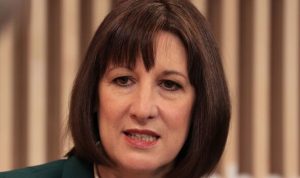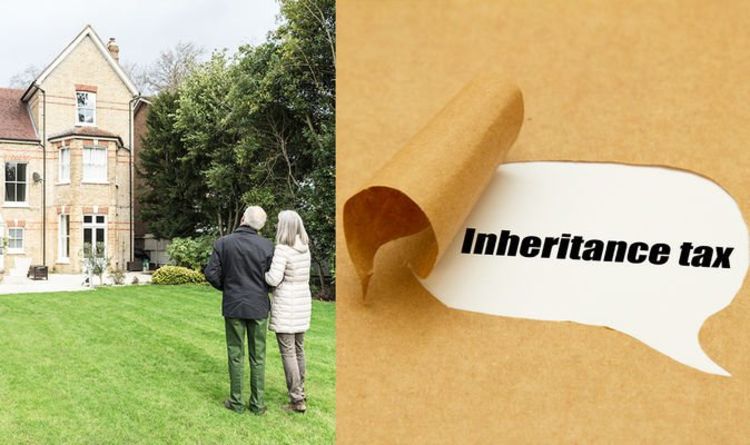Inheritance Tax threshold – how much is it? How you could boost your threshold
The current inheritance tax rate is 40 percent, which is only charged on the part of the estate which is above the threshold. The current threshold (which can also be known as a nil rate band) is £325,000, which means that estates below this level will not face any inheritance tax. For estates over £325,000, inheritance tax is charged on the part that is above that limit. So, for example, if an estate is worth £350,000 the 40 percent inheritance tax will be charged on £25,000 (£350,000 minus £325,000).
A person’s threshold can be extended if they own their home.
If the person’s home (or share of the home) is left to their children or grandchildren than the threshold will increase to £475,000.
This can also be known as the residence nil rate band. Also, if a person is married or in a civil partnership and their estate is worth less than the threshold, any unused threshold can be added to their partner’s on death.
This could result in a threshold as high as £950,000.
READ MORE: Inheritance Tax: Number of people repaid IHT due to falling house prices rises

Those looking to pass homes on to family will need to be aware of IHT (Image: GETTY)

Calculations will need to be done for entire estates (Image: GETTY)
The current £325,000 threshold has been frozen until 2020/2021, but the additional residence nil rate band is due to increase from £150,000 to £175,000 from 6 April 2020.
So from 6 April 2020 the total allowance for individuals (if they pass their home onto descendants) will be £500,000.
A person’s estate is valued once they die and it can take between six to nine months to complete.
Bigger or more complicated estates can take longer if they include trusts or other taxes.
DON’T MISS
How much Inheritance Tax do I have to pay? When does 40 percent rate of tax apply? [EXPLANATION]
Who pays Inheritance Tax on gifts? Why timing of gift can have a big impact on tax charged [INSIGHT]
From Inheritance Tax benefit to £1,150 tax relief – are you and your partner missing out? [ANALYSIS]
An estate doesn’t need to be valued straight away after a person dies. There are only deadlines if the estate owes inheritance tax (due to being worth more than the threshold).
If an estate is above the threshold inheritance tax forms will need to be sent within one year. To complete the process of valuing an estate, three main tasks need to be completed:
For the first task, certain organisations need to be contacted. Banks, pension providers, mortgage lenders, credit card companies and others will need to be contacted to find out what assets and debts the individual had. These organisations will need to be written to. A copy of a death certificate should be included within the letter and the value of the asset or debt should be requested.

Rising property prices have made inheritance tax a concern for many (Image: Getty)
The next task is estimating the value of the estate once all the relevant information has been collated.
The estimation will be the ”gross” value of the estate, meaning it is the total value of the assets plus “gifts”.
Gifts can be anything that has value such as money or jewellery.
At this stage of estimating the estate debts should be ignored. Once a figure has been attained the HMRC should be contacted.
The final task is to report the estimated value of the estate to HMRC. This process can be started online but it may also require paper forms. Estimates can be continued to be used so long as the estate’s gross value is less than £250,000 and/or if the estate passes to the person’s spouse or civil partner, a charity or organisations like museums
However, estates not within those perimeters will eventually need an accurate “net” value worked out. The calculation for this is assets plus gifts minus debts. A professional valuer will be needed for things worth over £1,500. If help is needed at any point during the valuation process a probation and inheritance tax helpline can be called.
After the estate is valued certain records must be kept as HMRC can ask to see records up to 20 years after inheritance tax is paid. Copies must be kept for any wills, signed Inheritance Tax forms and supporting documents, records showing the working out the estate’s value such as estate agents correspondence, documents detailing any unused Inheritance Tax threshold that can be transferred to a surviving spouse or civil partner and any final accounts such as receipts.
You may be interested

Meghan Markle and the top 11 films you didn't know she's been in
admin - Feb 26, 2025[ad_1] Long before she became the Duchess of Sussex, Meghan Markle was appearing in films with Jennifer Aniston and Robert…

Apple is fixing a voice dictation bug that substitutes ‘Trump’ for ‘racist’
admin - Feb 25, 2025[ad_1] Apple has acknowledged a peculiar bug with the iPhone’s dictation feature that briefly displays “Trump” when someone says the…

Rescue dog makes adorable gesture to owner – leaving people in tears
admin - Feb 25, 2025[ad_1] It can be incredibly rewarding to rescue a street dog, something one new owner is learning first-hand after taking…
Leave a Comment
You must be logged in to post a comment.

























